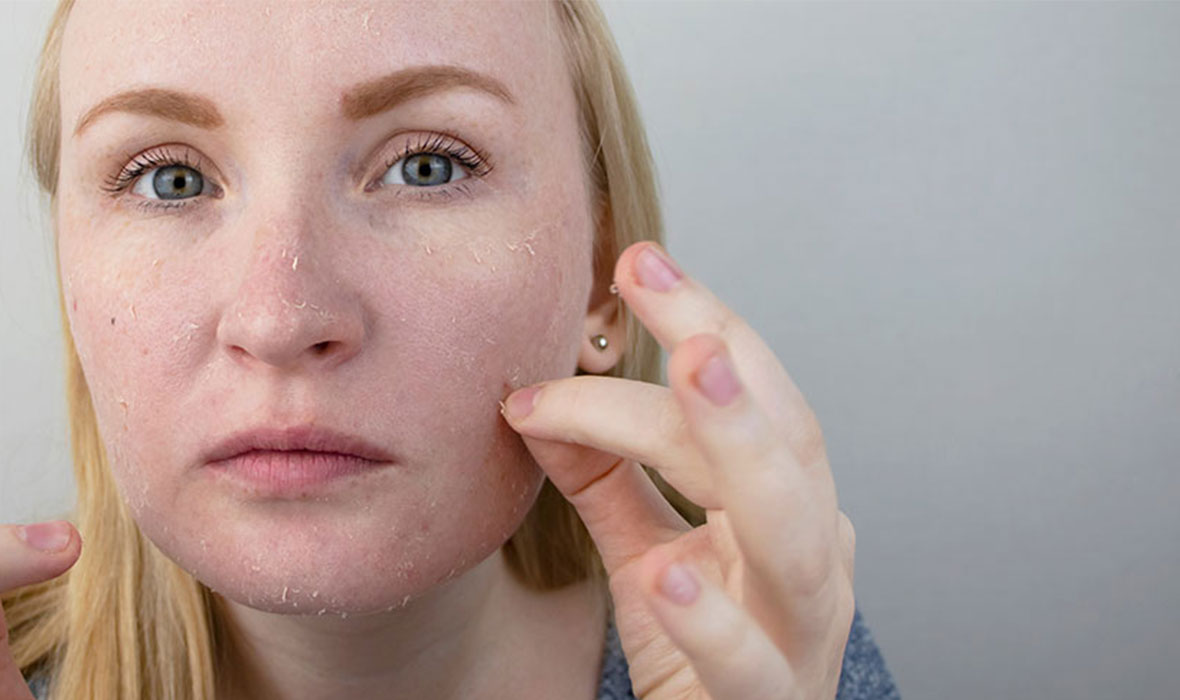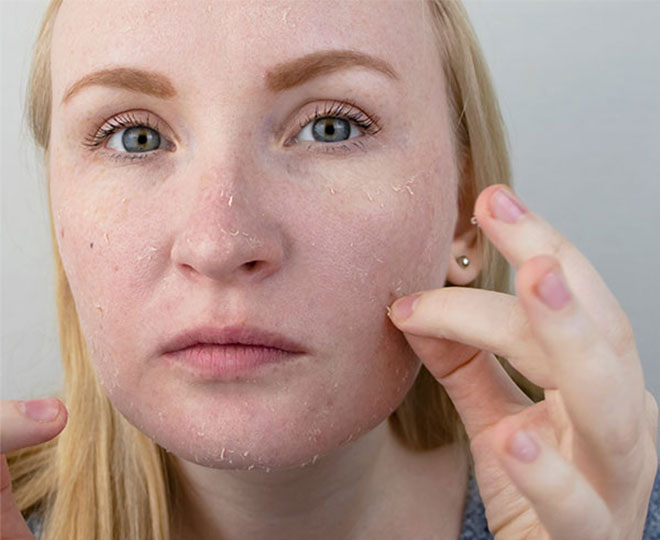Did you know that your skin, the largest organ in your body, is constantly renewing itself? In fact, your skin completely regenerates itself about every 27 days by producing new skin cells to repair damage and protect your body. These new cells rise to the surface, pushing out and replacing the old skin cells.
This happens on a microscopic level, so you won’t notice your skin regenerating itself. That said, although you can’t necessarily see it happening, the process of skin cell turnover plays a vital role in keeping your skin healthy and smooth. One slight problem with the process is that the recently replaced dead skin cells can gather on the surface of your skin and contribute to acne formation.
Dead skin cells & acne
Acne is the result of excess oil (sebum) mixing with dead skin cells and other microscopic debris on the surface of your skin and clogging your hair follicles, also known as pores. This can cause a comedone to form. Comedone is the scientific name for blackheads (open comedones) and whiteheads (closed comedones). If bacteria is also trapped inside the pore with the sebum and dead skin, the acne can become inflamed and often painful.
If you have oily skin, you should make taking care of dead skin cells a major focus of your skincare routine, since excess oil and dead skin cells play such a problematic role when it comes to developing acne.
By including ways to gently remove dead skin in your skincare routine, you can reduce your risk of acne while simultaneously improving the texture of your skin!
How to get rid of dead skin cells on your face
There are many common ways to remove dead skin cells from your face, and they fall into two categories – mechanical and chemical exfoliation. Mechanical exfoliation describes any method that uses physical actions like scrubbing to remove the dead skin, while chemical exfoliators use mild chemicals to get the job done for you. The ideal method for your skin depends on your skin type. So, how do you do it effectively and safely?
The most straightforward method to remove dead skin is to use an exfoliating cleanser or face wash, like the first step in the Proactiv+® Acne Treatment System. The Skin Smoothing Exfoliator uses exfoliating beads and glycolic acid to gently smooth the surface of your skin by helping clear away dead skin, dirt and oil. The Proactiv Solution® routine has a Renewing Cleanser with small beads to assist in the exfoliation process.
Another exfoliation method is to use a washcloth or brush to manually remove dead skin. Because this process can generally be rougher from the scrubbing motions, it can cause irritation and may not be ideal for sensitive skin. Even if you don’t have sensitive skin, it’s a good idea to not use too much pressure. Light circles with the washcloth or dry brush are all that’s required to strip away the dead skin cells, and any extra pressure can do more harm than good. This is one of the advantages that chemical exfoliants have over mechanical – because you can simply apply them and let them go to work for you.
Finally, cosmetic exfoliating procedures like chemical peeling or dermabrasion, completed by a professional aesthetician or dermatologist, use the most powerful tools and chemicals to strip away dead skin cells.
Why it’s important to remove dead skin cells
Dead skin cells gathering on the surface of your skin is a natural phenomenon. However, allowing too much accumulation, especially in the t-zone of your face (forehead, nose and chin), can lead to premature aging or, more immediately, acne breakouts. The t-zone is particularly prone to acne breakouts due to the buildup of dead skin cells because it’s the area of your face that generally produces the most oil. So even people with dry skin need to keep the t-zone clear of dead skin to help to prevent acne.
Even outside the t-zone, dead skin cell buildup can contribute to clogged, enlarged pores and affect the texture of your skin, so it’s important to make removing dead skin a part of every skincare routine.
Plus, exfoliating can even allow your makeup to go on smoother!
How to avoid damaging your skin when exfoliating
Exfoliating too aggressively or too often is a recipe for irritation, inflammation and even increased risk of acne breakouts. The two important rules to keep in mind for exfoliation are to always start with the gentlest methods and to start slowly. When you begin exfoliating, use the minimum pressure you can apply or start with a gentle chemical exfoliant like the Proactiv+ Acne Treatment System.
Remember to start slowly. Depending on skin’s tolerance, a once-a-week exfoliation may be all you need at first. As your skin grows accustomed to exfoliating, try moving to twice weekly, or every other day. If your skin can still handle it just fine, then daily exfoliation could be right for you.
When it comes to exfoliation, you should always err on the side of caution as over-exfoliation can actually lead to dry skin. And that triggers the overproduction of oil to naturally compensate for the dryness. That increased oil contributes to the ideal environment to breed acne breakouts!
Applying moisturizer right after removing dead skin cells is a good way to reduce the risk of dry skin. The Proactiv+ Acne Treatment System comes with a Complexion Perfecting Hydrator to seal in moisture after exfoliation while helping brighten your skin’s tone and fade the appearance of post-acne marks.
Always make sure to follow the application directions on any skincare products you use. (This is especially important with exfoliators, which, when used improperly, can have negative effects.)
The bottom line
Remember that everyone’s skin is different, so the best way to remove dead skin cells for you may not be the same as it is for everyone else. Experiment with different exfoliants to find what works best for you. To find your ideal product to start, consider Proactiv’s acne treatment systems which all come with effective and safe exfoliators.






